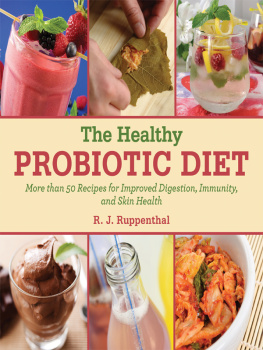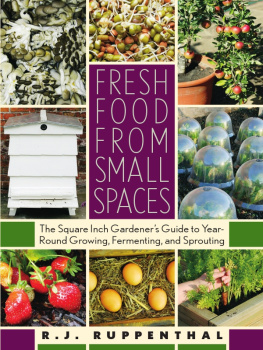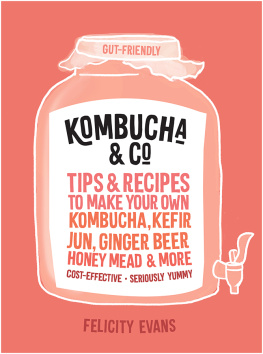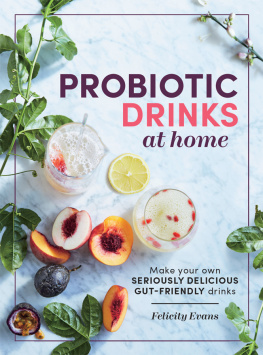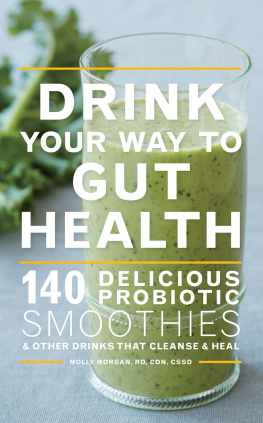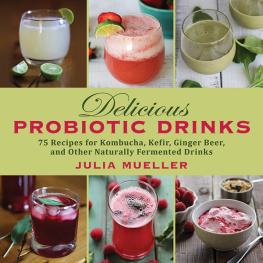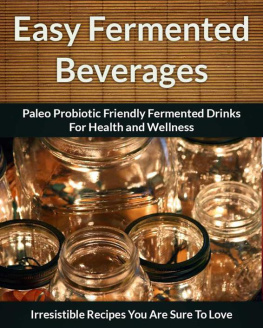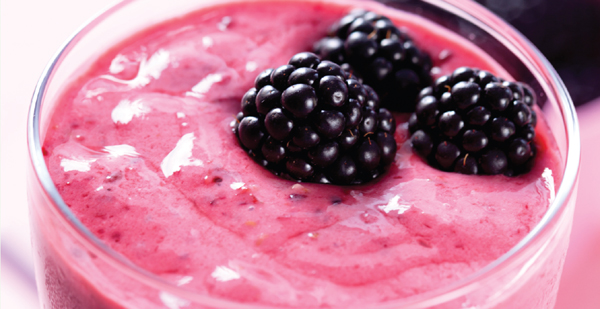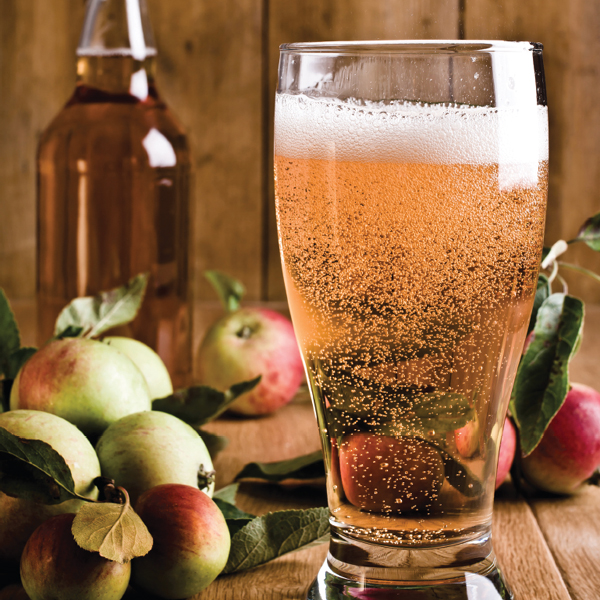R.J. Ruppenthal - The Healthy Probiotic Diet: More Than 50 Recipes for Improved Digestion, Immunity, and Skin Health
Here you can read online R.J. Ruppenthal - The Healthy Probiotic Diet: More Than 50 Recipes for Improved Digestion, Immunity, and Skin Health full text of the book (entire story) in english for free. Download pdf and epub, get meaning, cover and reviews about this ebook. year: 2014, publisher: Skyhorse, genre: Home and family. Description of the work, (preface) as well as reviews are available. Best literature library LitArk.com created for fans of good reading and offers a wide selection of genres:
Romance novel
Science fiction
Adventure
Detective
Science
History
Home and family
Prose
Art
Politics
Computer
Non-fiction
Religion
Business
Children
Humor
Choose a favorite category and find really read worthwhile books. Enjoy immersion in the world of imagination, feel the emotions of the characters or learn something new for yourself, make an fascinating discovery.
- Book:The Healthy Probiotic Diet: More Than 50 Recipes for Improved Digestion, Immunity, and Skin Health
- Author:
- Publisher:Skyhorse
- Genre:
- Year:2014
- Rating:4 / 5
- Favourites:Add to favourites
- Your mark:
The Healthy Probiotic Diet: More Than 50 Recipes for Improved Digestion, Immunity, and Skin Health: summary, description and annotation
We offer to read an annotation, description, summary or preface (depends on what the author of the book "The Healthy Probiotic Diet: More Than 50 Recipes for Improved Digestion, Immunity, and Skin Health" wrote himself). If you haven't found the necessary information about the book — write in the comments, we will try to find it.
Probiotic drinks are made by adding cultures to base ingredients such as milk, sweet tea, or fruit juice, while fermented foods can be made by culturing vegetables, grains, beans, and other foods. Both add enzymes, B vitamins, and protein to your diet, while tasting delicious. R. J. Ruppenthal explains the benefits and includes simple, tasty recipes for:
- Kombucha and ginger beer
- Yogurt, cottage cheese, chvre, and gouda cheeses
- Kefir, yogurt, and smoothies
- Green drinks and natural energy drinks
- Naturally fermented ciders and sodas
- Sauerkraut, kimchi, and natural pickles
- Simple and delicious probiotic dishes, including corn salsa, dolmas, kimchi noodles, chocolate pudding, and hummus
Probiotic drinks and foods can help you lose weight, nourish your body, boost energy, and improve overall health. With quick and easy recipes,The Healthy Probiotic Power Dietwill show you the way to a healthier lifestyle, while helping you save money over the high cost of these popular items.
Skyhorse Publishing, along with our Good Books and Arcade imprints, is proud to publish a broad range of cookbooks, including books on juicing, grilling, baking, frying, home brewing and winemaking, slow cookers, and cast iron cooking. Weve been successful with books on gluten-free cooking, vegetarian and vegan cooking, paleo, raw foods, and more. Our list includes French cooking, Swedish cooking, Austrian and German cooking, Cajun cooking, as well as books on jerky, canning and preserving, peanut butter, meatballs, oil and vinegar, bone broth, and more. While not every title we publish becomes aNew York Timesbestseller or a national bestseller, we are committed to books on subjects that are sometimes overlooked and to authors whose work might not otherwise find a home.
R.J. Ruppenthal: author's other books
Who wrote The Healthy Probiotic Diet: More Than 50 Recipes for Improved Digestion, Immunity, and Skin Health? Find out the surname, the name of the author of the book and a list of all author's works by series.

